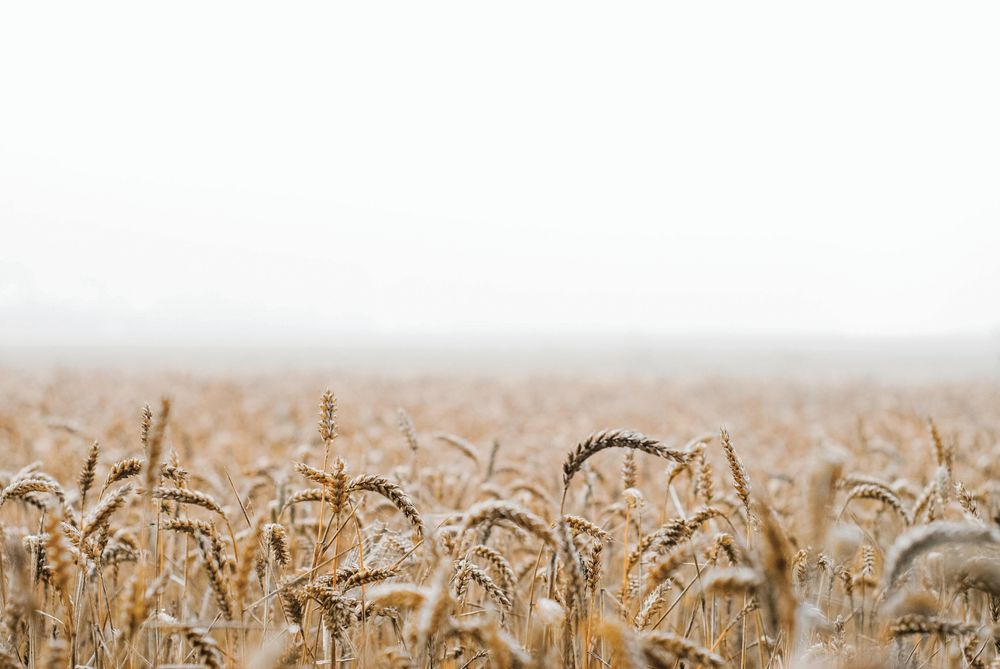This article was published in the Silicon Slopes Magazine, Summer 2022
by Emily Fonnesbeck
Water, and the lack thereof, is an ongoing topic in the state of Utah and has been for a few years now. While using the word “drought” feels severe, it’s frighteningly accurate for most of the Beehive State.
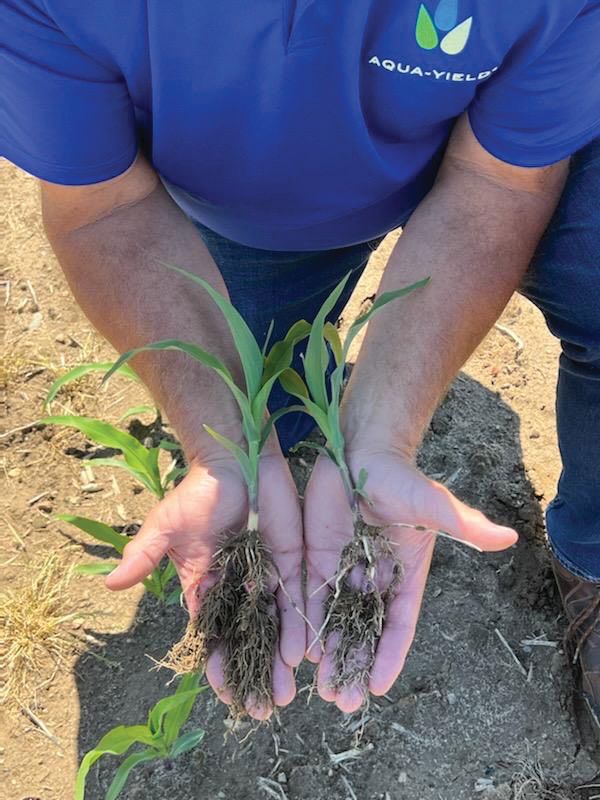
A research article written by Thomas C. Brown, Vinod Mahat, and Jorge A. Ramirez for Earth’s Future, a transdisciplinary journal examining the state of the planet and its inhabitants, states, “Population growth and climate change will combine to pose substantial challenges for water management in the United States. Projections of water supply and demand over the 21st century show that in the absence of further adaptation efforts, serious water shortages are likely in some regions.” (agupubs.onlinelibrary.wiley.com)
If you’ve lived in Utah for the last 5-10 years, you’ve seen a major shift. Development, lower cost of living, and more space to roam has brought people from coast to coast and around the world. And, although Utah is adapting, we’re feeling the squeeze.
According to the Utah Division of Water Resources July 2022 drought report, the entire state is in varying degrees of drought, with most of the state in “extreme drought” and some of the south-central counties even dipping into the “exceptional drought” category. (water.utah.gov)
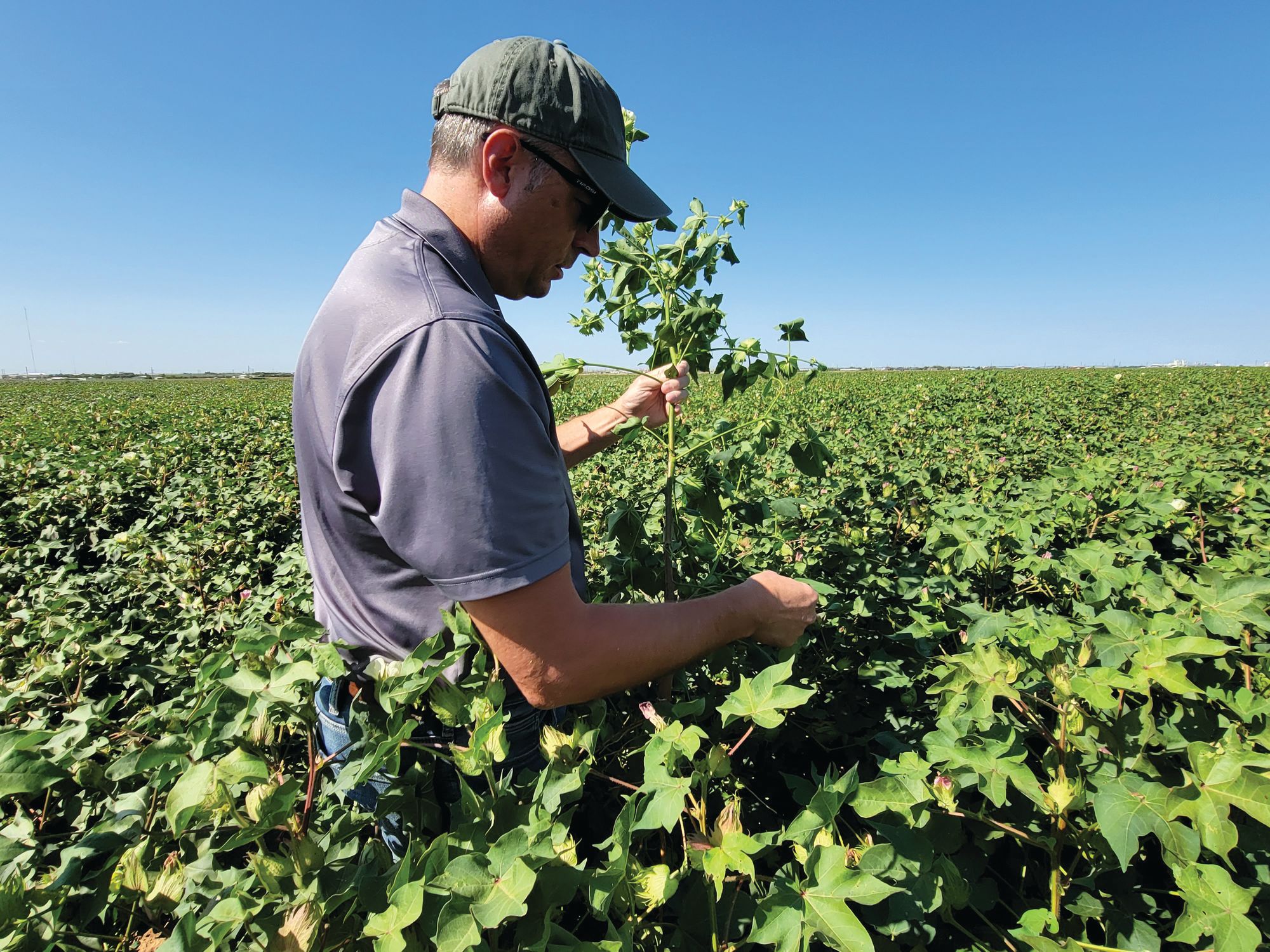
It’s common to drive around many Utah cities and see scorched lawns, wilted landscaping, and few to no spontaneous sprinkler runs for the kids in the middle of a hot summer afternoon. Restrictions on water usage have crept up the state, forcing residents to use sprinklers only once or twice a week and use caution when planning recreational water activities.
So while our lawns aren’t as lush and we’re schlepping our kids to the pool rather than turning on the hose in our backyards, what impact does drought really have on us? A huge impact, actually—just ask a farmer. With over 10 million acres, about 20% of Utah is farmland used for crops as well as animals. According to ag.utah.gov, “The estimate of value-added by agriculture—roughly $6.7 billion—represents a little over 4.8% of the Utah economy. With the addition of the multiplying affects the agriculture processing and production sectors provide over 79,000 jobs, yielding over $3.5 billion in labor income.”
That’s a lot, and a lot of farms—whether they’re animals grazing or crops growing—means a lot of water. So, we’re getting creative. Drought restrictions on full alert can only do so much, so, as we do in Utah, we’re bringing in a little bit of tech and science.
Clark T. Bell is a Utah native who grew up working on the family farm. At around age nine he was moving irrigation pipe and doing the necessary chores to help keep the farm running smoothly. A young man moving a 65 lb. pipe every few hours all summer long is no small feat, so it’s no wonder that, in 2013 when Clark learned about the use of nanoliquid tech, he was very interested. The technology was relatively new at the time, but brought a concept that could revolutionize the way Clark’s family watered and fertilized their crops. By using nanoparticles, a farmer could fertilize their crops more effectively, cutting on water waste and overfertilization while producing a much higher yield.
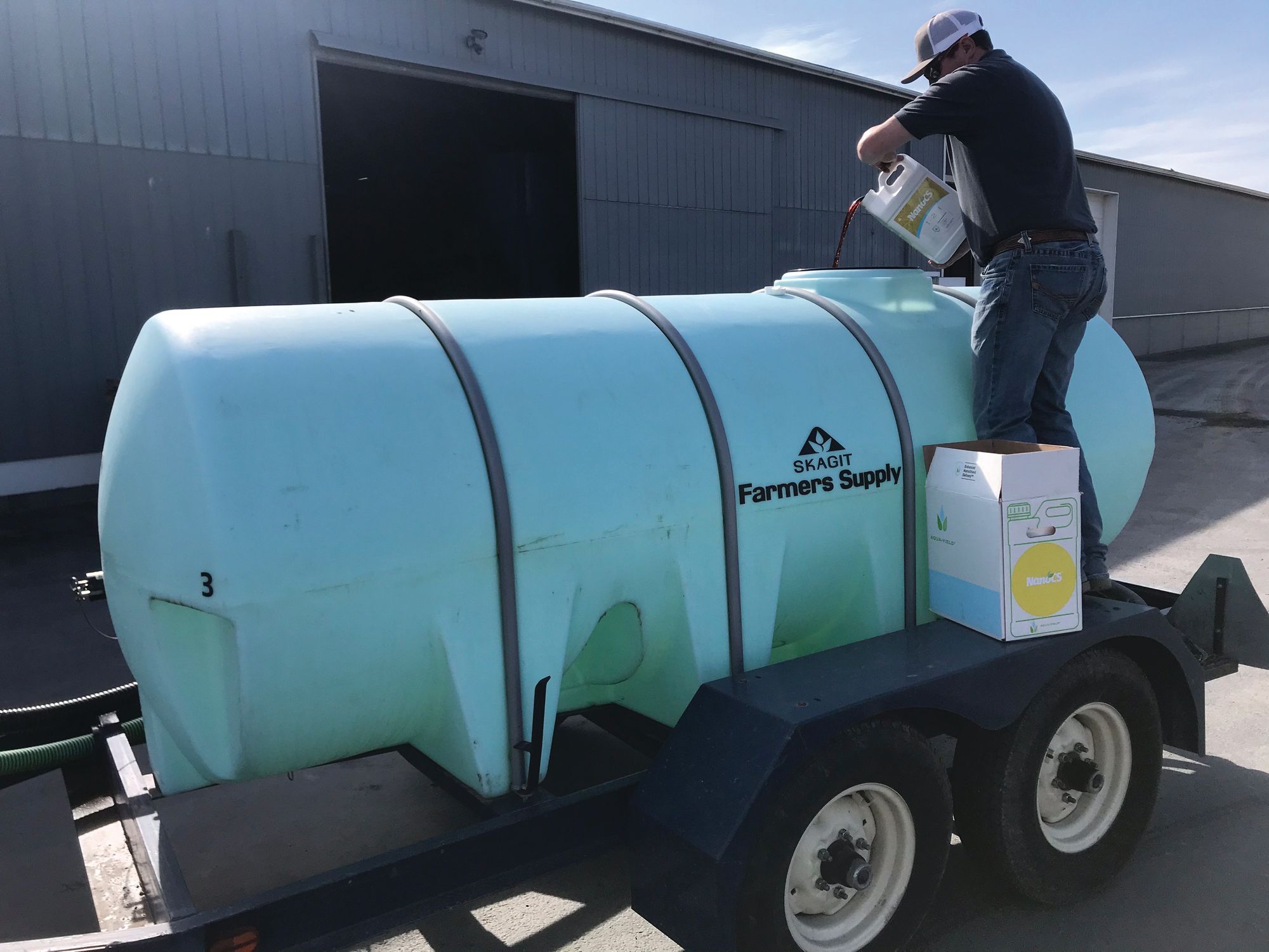
Anxious to see nanotechnology in action, Clark and his dad Warren Bell decided to conduct a test run on the family’s sod farm. They set aside two fields of the same size, and using nanotech, watered and fertilized one while the other got the traditional water and fertilizer treatment. The results were astounding. Within the growing season, the grass treated with nanoparticles had grown at a rate about 4.5 months faster, while the field with the regular treatment grew at the standard rate. There was no doubt in Clark’s entrepreneurial heart that they were on to something that could completely change not only farming, but numerous businesses in agriculture.
Warren and Clark started hustling, and along the way met Fraser and Mike Bullock, investors who particularly like to back science-based startups. They incorporated Aqua-Yield, and formed an investor group with sod growers from Australia, Canada, Norway, and South Africa. Aqua-Yield now has patented nanoliquids and sells 16 products in 12 countries around the globe.
So how does it work? I asked the same thing. It’s not like mixing a little of this and a little of that and poof: grass. The work is done at the cellular level, where nanoparticles encapsulate the fertilizer and water, and utilizing endocytosis, the particles are moved into the plant cells, nourishing and watering them in the most effective way possible.
The U.S. Environmental Protection Agency states that, “Farmers apply nutrients on their fields in the form of chemical fertilizers and animal manure, which provide crops with the nitrogen and phosphorus necessary to grow and produce the food we eat. However, when nitrogen and phosphorus are not fully utilized by the growing plants, they can be lost from the farm fields and negatively impact air and downstream water quality.”
So farmers are spending thousands of dollars on fertilizer and water, only to have a huge portion wasted and potentially harm the environment? Clark Bell knows there’s a better way.
“Runoff fertilizer and wasted water is a huge problem for farmers,” says Clark. “About 60% of what is put in is utilized by the plants and the rest is runoff, which can create other problems for animals and other plant life near farms. With about 950 million acres of agriculture, 40 million acres of lawns, and 2.7 million acres of golf courses in America, that’s a lot of wasted fertilizer and potentially problematic runoff.”
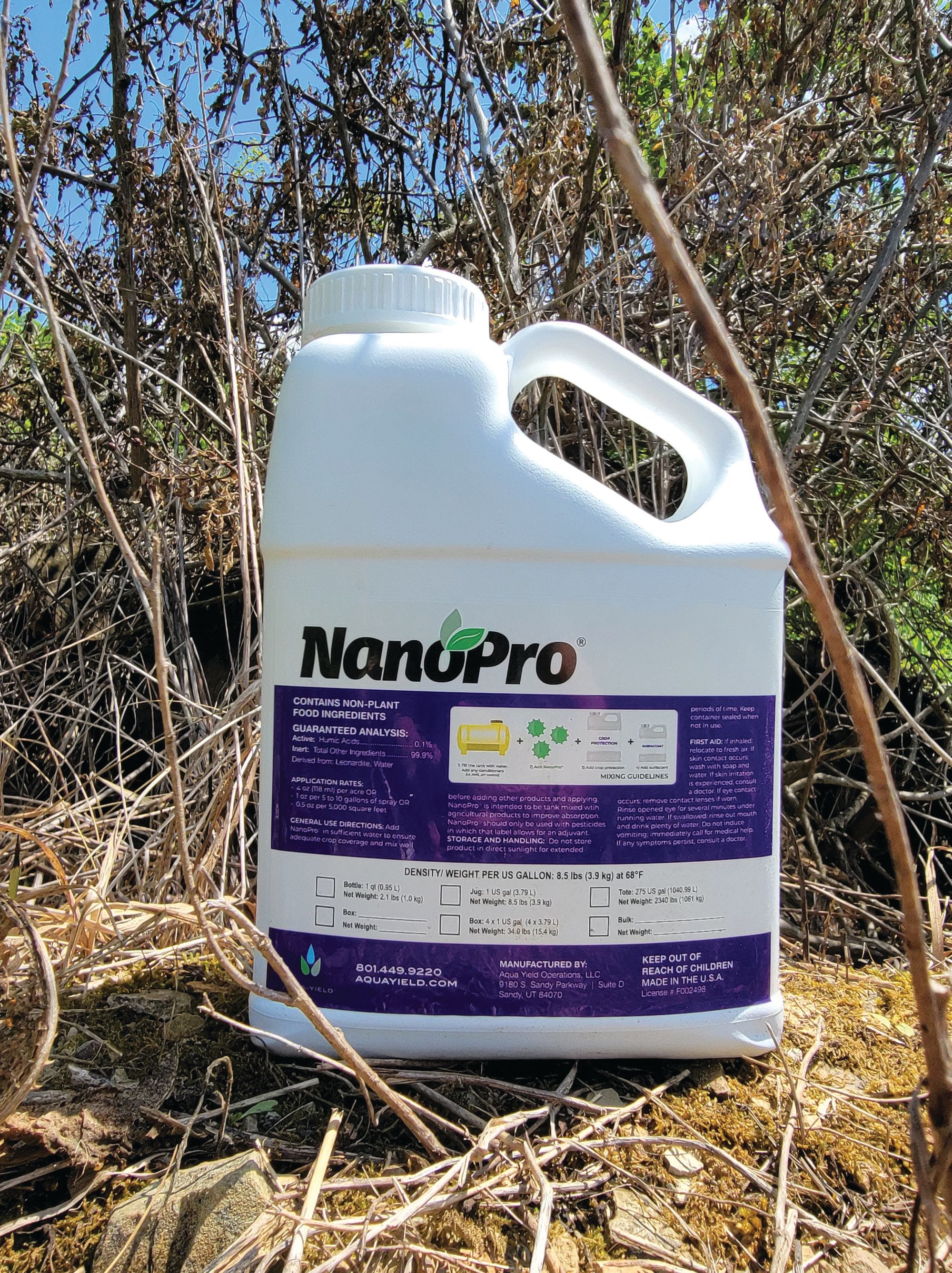
Utah is unique, and in it unique people. The family farm Clark Bell grew up on goes back multiple generations, and those who went before him were definitely innovators in their own right. Farming isn’t about A+B=C, it takes painstaking care and knowledge. It’s the ability to feel the moisture in the air, know when it’s the right time to harvest, and to know how to water and care for crops to get the best yield. Clark saw the potential with nanoliquid, and like his ancestors who moved from horse-drawn implements to diesel tractors, he pivoted. Now, Aqua-Yield is doing its part in conservation and the preservation of Utah’s farms, lawns, and great outdoors.
References:
https://agupubs.onlinelibrary.wiley.com/doi/10.1029/2018EF001091
https://www.epa.gov/nutrientpollution/sources-and-solutions-agriculture
Take Our Survey
Hi! The Silicon Slopes team is interested in your feedback. We are asking for a couple minutes to quickly provide feedback on our Silicon Slopes quarterly magazine publication. Click HERE and share your thoughts with us. Your responses will help us improve. Thanks!
*Read the latest issue of Silicon Slopes Magazine, Summer 2022
